By Natsuki Takaya | Published by Yen Press
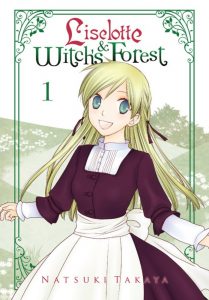 On the one hand, it’s exciting to be reading something new by Natsuki Takaya, creator of my beloved Fruits Basket. On the other, it was kind of weird to embark upon an unfamiliar story whose artistic style was so very familiar to me.
On the one hand, it’s exciting to be reading something new by Natsuki Takaya, creator of my beloved Fruits Basket. On the other, it was kind of weird to embark upon an unfamiliar story whose artistic style was so very familiar to me.
This volume goes by quickly, with its large, pretty panels unencumbered by much in the way of background detail. Liselotte and her two child attendants (twin siblings named Anna and Alto) have recently moved to a remote location, simply referred to as “the east of the east of the east,” and we gradually learn that they are there because Liselotte comes from a noble family and was accused of plotting to overthrow her elder brother. Given the choice between exile or death, she chooses the former and is determined to make the best of it. She’s an interesting blend of optimistic shoujo heroine and someone more mature who has been through some crap. Actually, she reminds me of Anne Shirley a bit!
When Liselotte was younger, she had a friend named Enrich who would tell her stories about “the east of the east of the east,” in particular that witches live there. When she’s attacked by a witch (and is kind of awesomely irritated about it), she is saved by a white-haired guy named Engetsu who seriously reminds her of Enrich, only his eyes are light crimson instead of the blue she remembers. Engetsu decides he’s going to live with Liselotte, and most of the volume involves Alto grumbling about this and ending up sick, whereupon an adorable witch’s familiar named Yomi goes off to fetch him some medicine. (Actually, Alto spends the entire volume grumbling, which is not especially endearing, though he claims he’s frustrated by his beloved master’s situation.)
While this opening installment does feel a trifle insubstantial, it capably introduces the characters and the setting, and puts forth some intriguing ideas. Is Engetsu really Enrich? What happened to him? Did Liselotte actually plot against her brother? Is Engetsu in cahoots with the witches? What else are they planning to do? I’m definitely interested to find out. I just hope we get some answers by volume five, as that’s where the series has stalled because Takaya took an extended hiatus due to illness.
Liselotte & Witch’s Forest is on hiatus in Japan. It currently has five volumes. Yen Press will release volume two next month.
Review copy provided by the publisher.



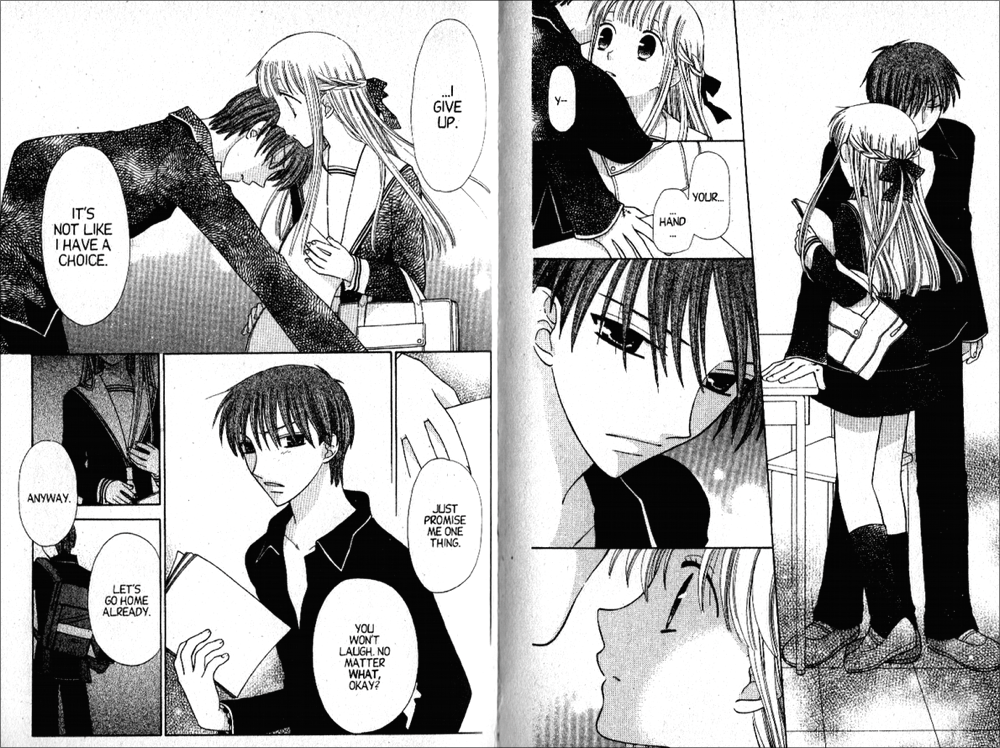


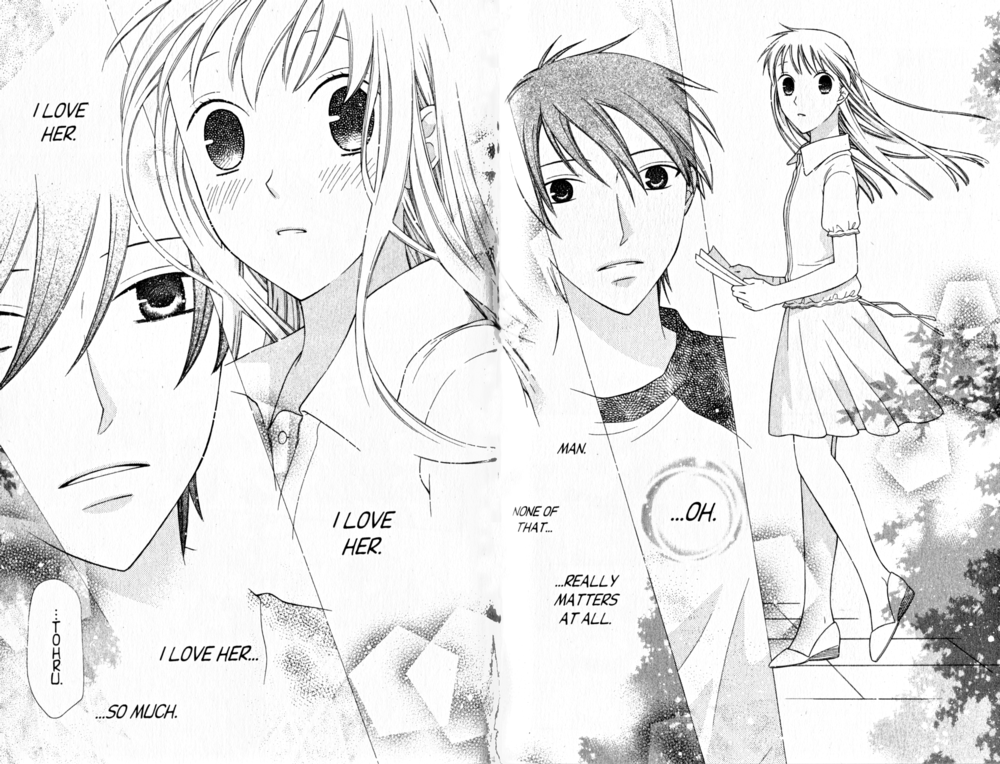
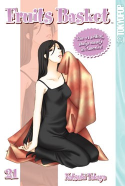
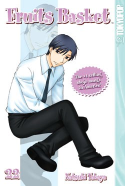
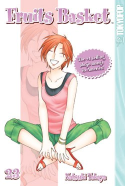


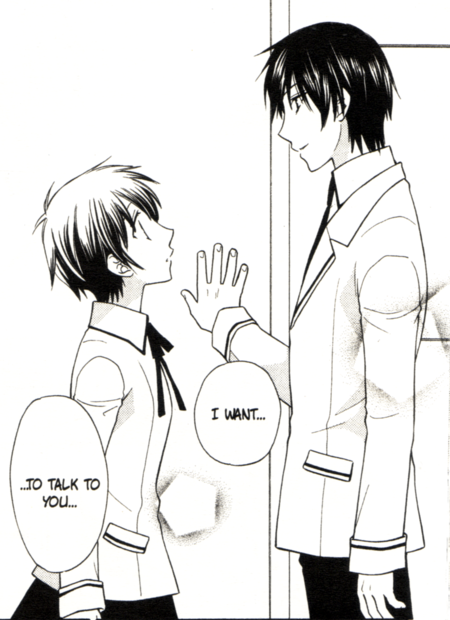





 Oh, if only Tsubasa: Those with Wings were as good as its gorgeous cover suggests!
Oh, if only Tsubasa: Those with Wings were as good as its gorgeous cover suggests! 


Recent Comments